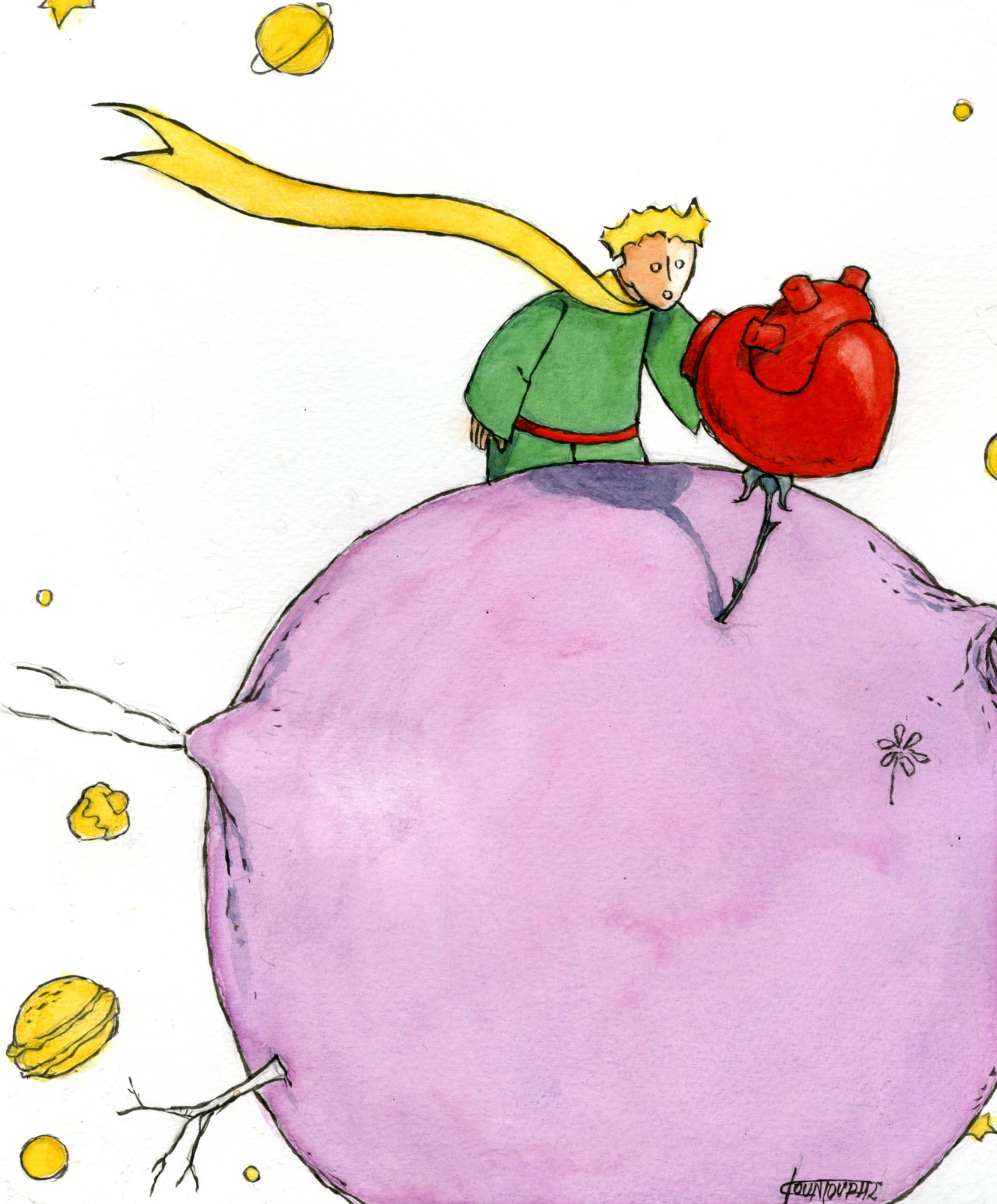Lipids
- +What is “bad” cholesterol?
-
“Bad” cholesterol refers to LDL cholesterol in blood tests. It’s called “bad” because it contributes to the buildup of atherosclerotic plaque within blood vessels. Over time, this plaque narrows the vessels (“clogged arteries”), and in the heart’s arteries, it can lead to a heart attack.
The “normal” LDL range depends on your medical history. - +What is “good” cholesterol?
-
“Good” cholesterol is HDL cholesterol. It helps transport excess LDL (“bad” cholesterol) out of the bloodstream, reducing the risk of cardiovascular disease.
- +Is total cholesterol just HDL + LDL?
-
Not exactly. Total cholesterol is calculated by a formula that includes LDL, HDL, and triglycerides.
- +What are triglycerides?
-
Triglycerides are the end product of dietary fat digestion. After being absorbed in the intestine, they circulate in the blood to provide energy. Whatever isn’t used gets stored as “abdominal fat.”
- +Can “bad” cholesterol (LDL) be lowered through diet alone?
-
Because our body (mainly the liver) produces most of the LDL, diet can reduce LDL by about 15%. Regular exercise helps even more. If these measures aren’t enough, medication may be required.
- +Are there children with high cholesterol?
-
Yes. A hereditary condition called “familial hypercholesterolemia” leads to very high LDL starting in childhood. About 1 in 250 children are affected, putting them at risk of a heart attack as early as their 30s or 40s.
